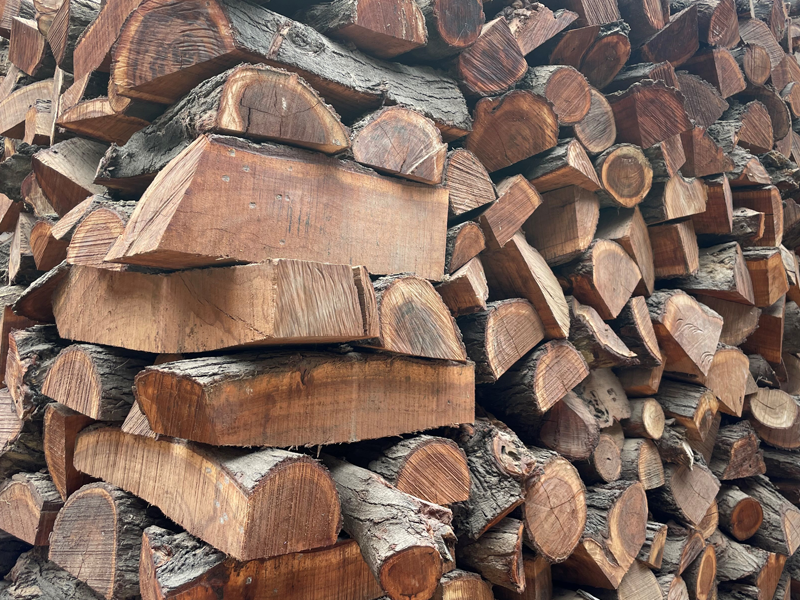Biomass / Biofuel
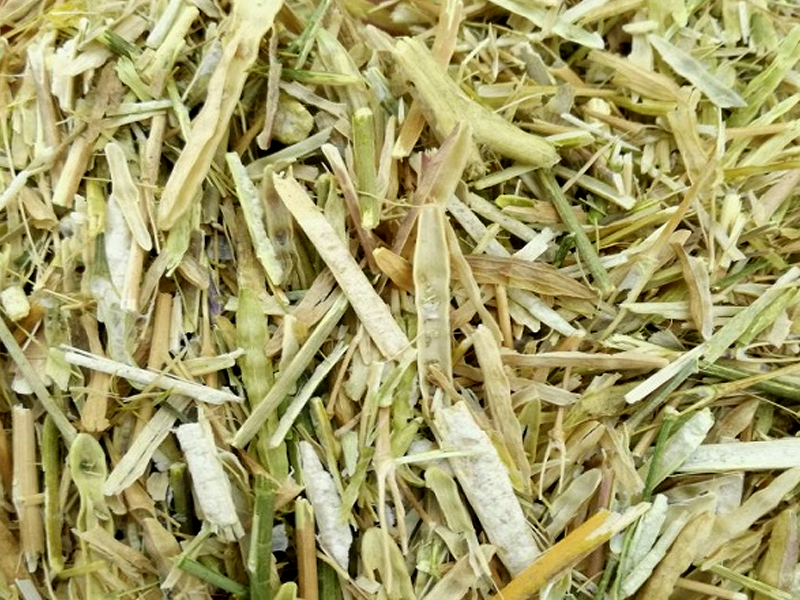
Mustard Straw
The stalks and leaves that remain after harvesting a mustard plant are commonly utilized as a biomass fuel or feed for animals. This material is known as mustard straw. (picture in both loose & bale form)
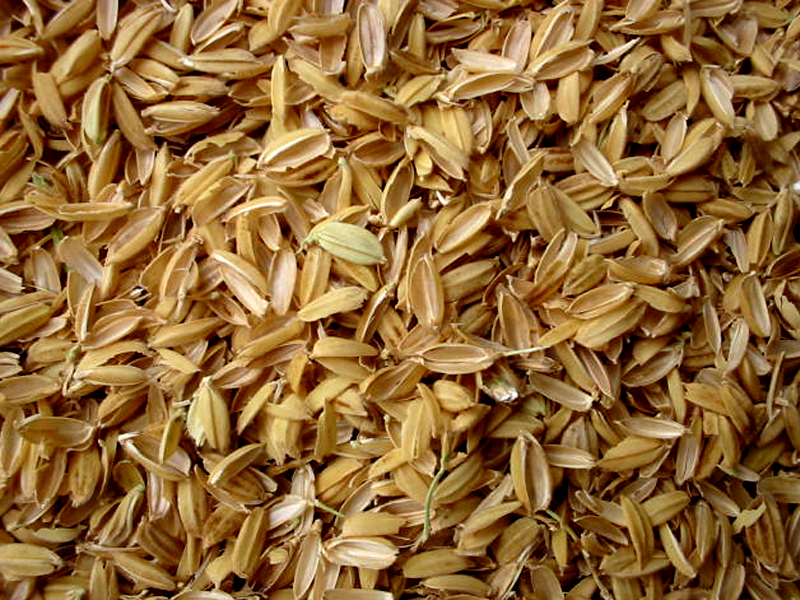
Rice Husks
The rice husks, which are the outermost layers of the grain that are removed after milling, may be utilized as a biomass fuel or as feed for animals. You can find them in both loose and bale form. (picture in both loose & bale form)
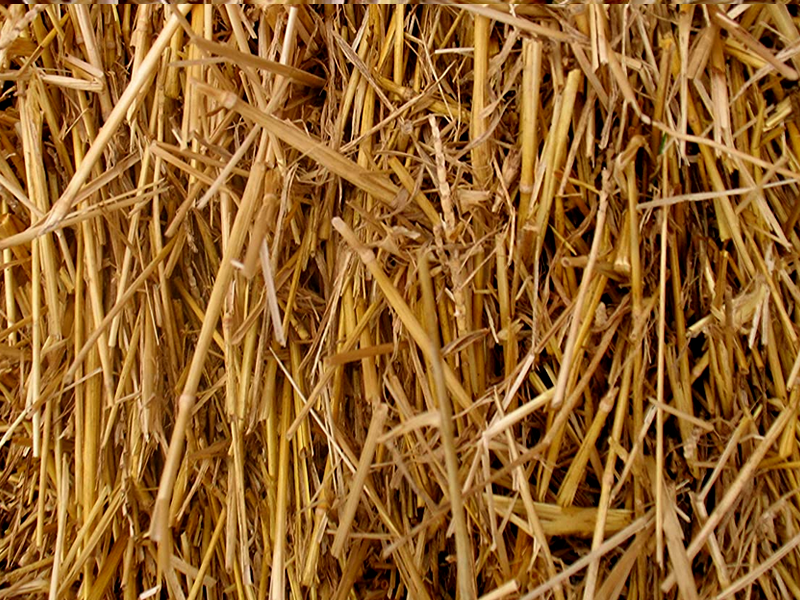
Wheat Straw
Wheat straw refers to the post-harvest wheat plant's stalks and leaves, which are often utilized as a biomass fuel source or for animal feed. (picture in both loose & bale form)
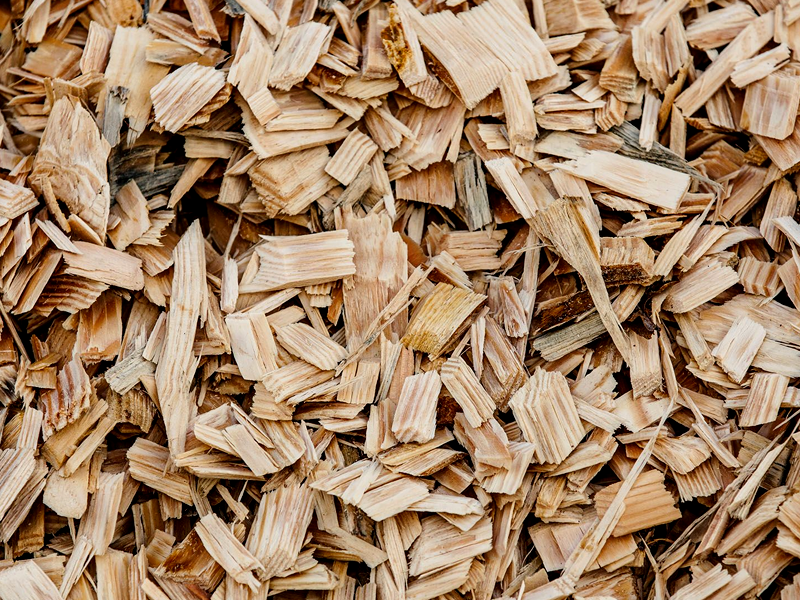
Wood Chips
These little bits of wood are commonly burned as a biomass fuel to create heat or electricity.
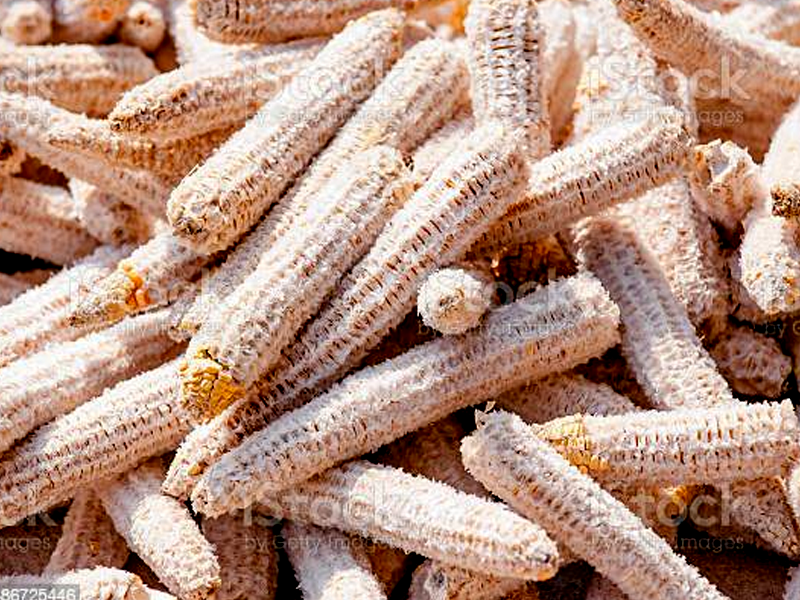
Corn Cobs
The middle portion of a corn ear that is left after the kernels are taken out; it is frequently utilized as a biomass fuel or animal feed.
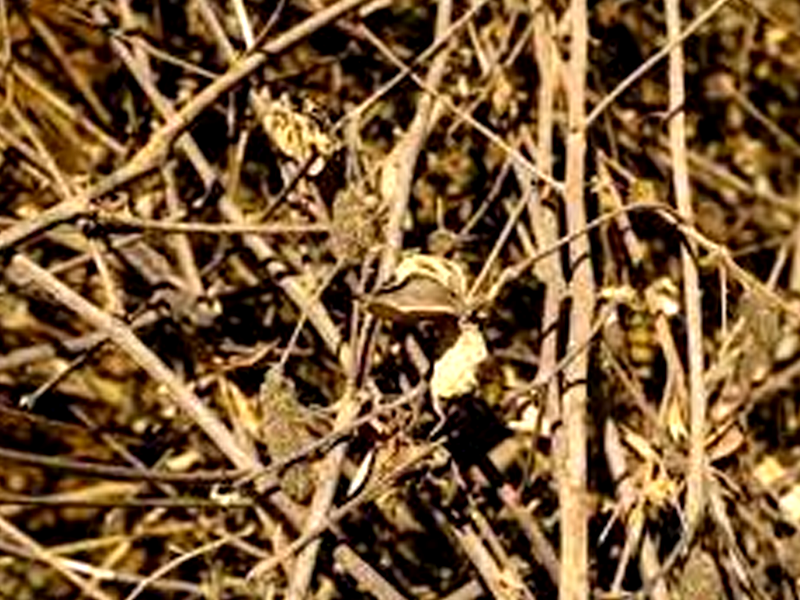
Cotton Stalks
The long, woody stalks of the cotton plant are commonly utilized as a biomass fuel source or for feeding animals.
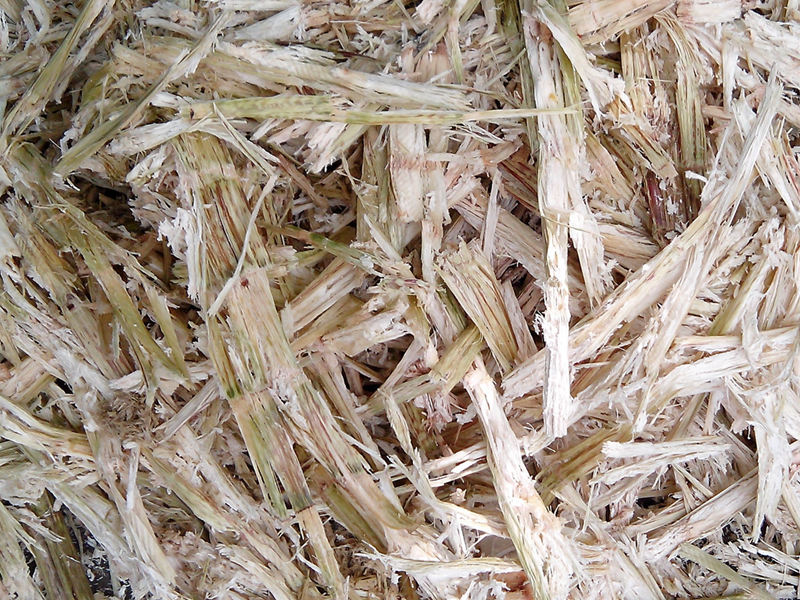
Sugarcane Bagasse
The fibrous byproduct of crushing sugarcane to obtain juice is known as sugarcane bagasse. It is commonly utilized as a biomass fuel or as a feedstock for the manufacturing of paper and pulp.
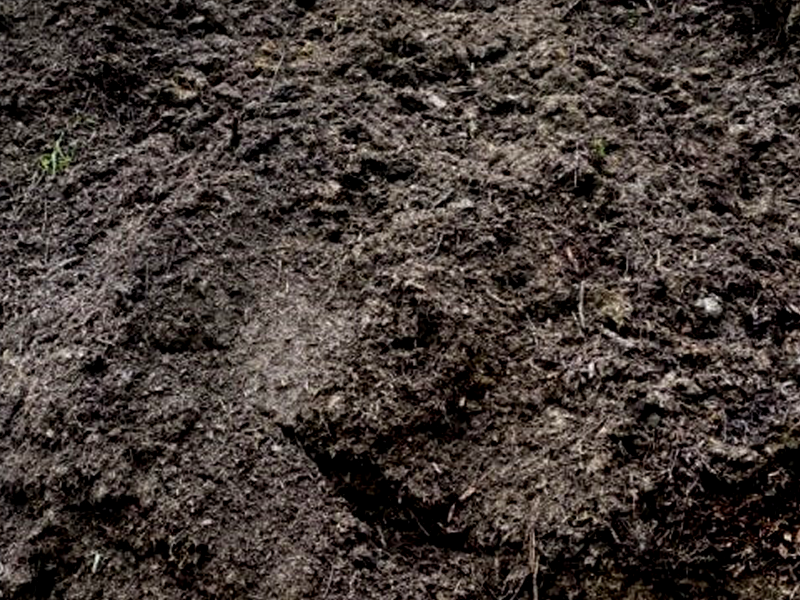
Animal Waste (Manure)
The feces and urine of livestock animals, often used as a fertilizer or as a source of biogas through anaerobic digestion.
Frequently Asked Questions
We conclude some answers of your questions that may require to clarify your views. If you have any more queries feel free to ask above Call to Action section in this page.
We are here to serve you.
-
What are the calorific values of the fuels you supply?
Raw Materials GCV (kcal/kg) Moisture (%) Volatile Matter (%) Ash Content (%) Wood Chips 3,500-4,000 10-50 70-80 0.5-5 Corn Cobs 3,500-4,000 7-15 70-80 1.5-6 Cotton Stalks 3,000-3,500 10-20 65-75 4-10 Mustered Straw 3,000-3,500 10-20 65-75 10-15 Rice Husks 2,800-3,400 8-12 50-60 15-20 Wheat Straw 2,500-3,200 10-20 70-80 5-10 Sugarcane Bagasse 2,500-3,000 40-50 70-80 2-6 Wood 3,900-4,800 20-40 70-85 0.5-5 Animal Waste (Manure) 1,500-2,500 70-80 40-50 5-10
-
Why should I pay higher price for biomass in bale form when it is not adding any value in term of calorific value?
Biomass in bale form is often more convenient and easier to handle than loose biomass. If you have space constraints, baled biomass can save space and provide a more efficient storage solution. Additionally, baled biomass can often be transported more easily and with less mess, reducing the overall cost of transportation. That being said, if you have the space and resources to store and handle loose biomass, it may be a more cost-effective option for you. It ultimately comes down to your specific needs and preferences.
-
How much space can be saved if we buy biomass in bale form as compare to loose form?
In general, baled biofuels take up less storage space compared to loose material because they are more compact and have a higher bulk density. According to some estimates, the bulk density of baled biofuels can be up to three times higher than the bulk density of loose material.
As an example, for rice husk, the loose bulk density is around 80-100 kg/m³, while the bulk density of baled rice husk can range from 150-250 kg/m³, depending on the bale size and compression. Similarly, the bulk density of loose mustard straw is around 70-90 kg/m³, while the bulk density of baled mustard straw can range from 120-200 kg/m³.
-
Can all biomasses be converted into bale form?
Not all types of biomasses can be easily converted into bale form. Biomass that has long, fibrous stalks like hay, straw, and corn stover are some of the most commonly baled materials. However, other types of biomass such as wood chips or sawdust may not be as easily baled due to their small size and irregular shape.
The ability to bale biomass depends on several factors, including the size and shape of the material, its moisture content, and the equipment and techniques used for baling. In some cases, it may be possible to bale biomass with additional processing, such as grinding or drying, but this can add to the cost and complexity of the process.
Ultimately, the feasibility of baling biomass will depend on the specific type and characteristics of the biomass, as well as the desired end use of the material.

